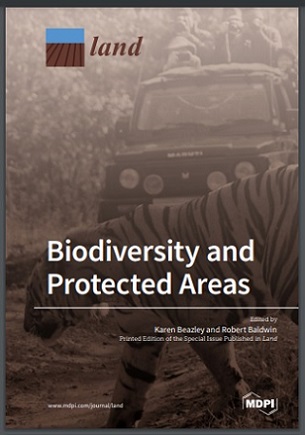
Protected areas are key to biodiversity conservation. While the value of protected areas is generally undisputed, challenges remain. Many areas designated as protected were created for objectives other than biodiversity conservation, and those objectives can conflict with biodiversity conservation. Protected area legal status is, in many cases, impermanent. Protected areas are generally too small, isolated, and few to conserve biodiversity on their own, and thus there are calls for connected conservation areas between them, and for their integration into broader landscapes and seascapes. There is a general consensus that the current global suite of protected areas is insufficient to protect biodiversity. Although there is no precise prescription for how much would be enough, systematic conservation planning studies have indicated that 25–75% of a region is required to capture key elements of biodiversity. Studies that address range shifts and movement pathways in response to climate change reveal even more extensive area and connectivity requirements. These and other insights have contributed to recent calls for ‘half Earth’ There is an increasing recognition that not all of the area required to maintain biodiversity is likely to be accommodated within protected areas. Other effective area-based measures, connectivity, and management of private lands offer potential complements to protected areas, but may also compete for scarce resources. Increased focus on framing biodiversity and protected area values in terms of ecosystem services and human well-being may not always lead to biodiversity conservation, particularly if narrowly focused on goods and services. There is increasing acknowledgment of the imperative to engage Indigenous communities and recognize their rights to self-governance, territorial lands and resources, including biodiversity, and conservation areas. These and other emergent issues demand transformed approaches to biodiversity and protected areas, which engage diverse communities and boundary spanning collaborations, and may require new conceptual framings.














